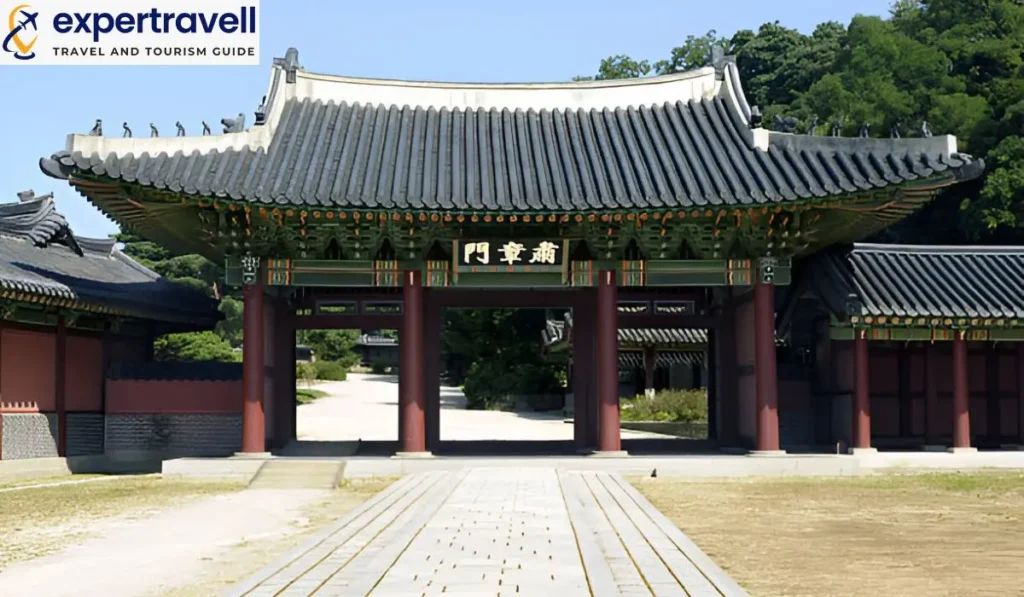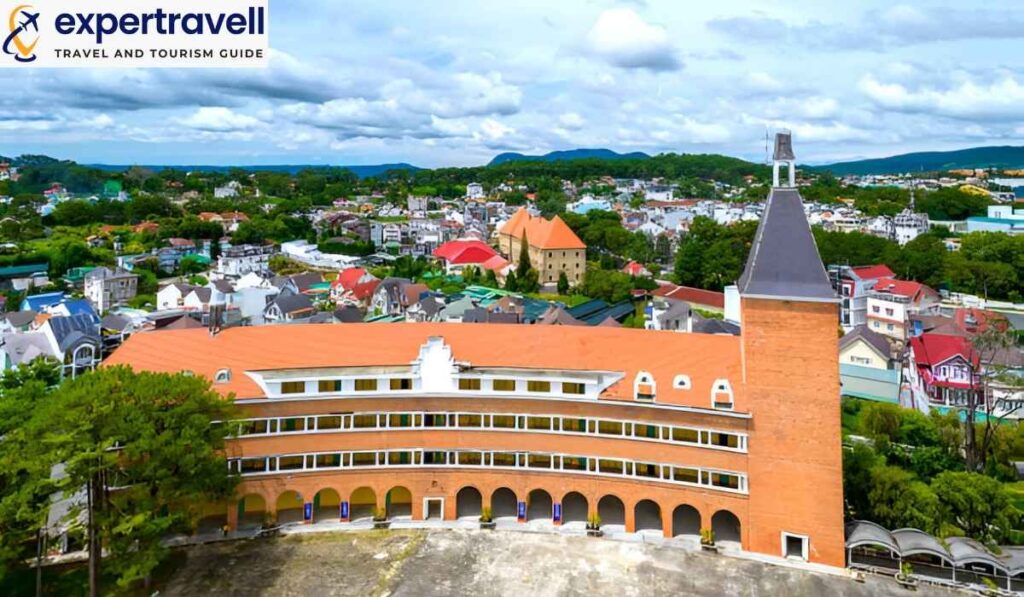Kinkakuji Temple, also known as the Golden Pavilion, is a stunning Zen Buddhist temple in Kyoto, Japan. This iconic landmark attracts visitors from around the world with its shimmering gold-leaf exterior and serene surroundings. The top two floors of Kinkakuji are completely covered in gold leaf, creating a breathtaking sight that reflects beautifully in the nearby pond. Built originally as a residence for shogun Ashikaga Yoshimitsu in 1397, it later became better known as Kinkakuji (Golden Pavilion) Shrine. Today, it is one of the symbols in a very culturally and architecturally rich city like Kyoto. You can walk around the temple grounds, looking at this golden miracle from many angles and enjoy a peaceful Japanese garden.
Watching Kinkakuji looks very good. A guide will introduce you to the history and culture of this incredibly important temple. Many guided tours will teach you about how and why this temple is a big deal in Kyoto, with its architecture being what it does, as well as the symbols/history involved. Whether a history buff, a student of architecture, or one just seeking some peaceful meditative time out of the city, this is a place to be noticed for travelers looking for Best Places to Travel for Beginners.
The History of Kinkakuji Temple (Rokuon-ji)
Kinkakuji Temple was First established in 1397 as a villa for Shogun Ashikaga Yoshimitsu; it later became a Zen Buddhist temple. Golden Pavilion is the epitome of the lavish architectured era from the Muromachi period. It fell victim to a terrible arson in 1950, which destroyed the largest part of it but was lovingly rebuilt. Today, Kinkakuji is one of Japan’s most famous and revered temples, serving as both an active temple and a symbol of Japanese culture visited by thousands worldwide. The golden facade and serene setting are a reminder of the tradition Japan holds.
What to See and Do at Kinkakuji Temple
Kinkakuji Temple offers visitors a stunning blend of natural beauty and architectural marvels. The golden pavilion serves as the centerpiece, surrounded by meticulously maintained gardens and serene water features.
Walking Through the Zen Gardens
The Zen gardens at Kinkakuji showcase traditional Japanese landscaping. Visitors can stroll along winding paths lined with carefully pruned shrubs and trees. Rock gardens feature artfully arranged stones and raked gravel patterns. These elements symbolize mountains, islands, and flowing water. The gardens change with the seasons. Spring brings cherry blossoms, while autumn paints the landscape in vibrant reds and golds.
Explore the Pond, Bridges, and Pine Trees
The central pond, Kyoko-chi, reflects the golden pavilion, creating a mesmerizing double image. Small islands dot the pond’s surface, each with its own symbolic meaning. Visitors can cross stone bridges to view the pavilion from different angles. Ancient pine trees frame the views, their gnarled branches adding to the scenic beauty. Koi fish swim in the clear waters, adding splashes of color to the tranquil scene.
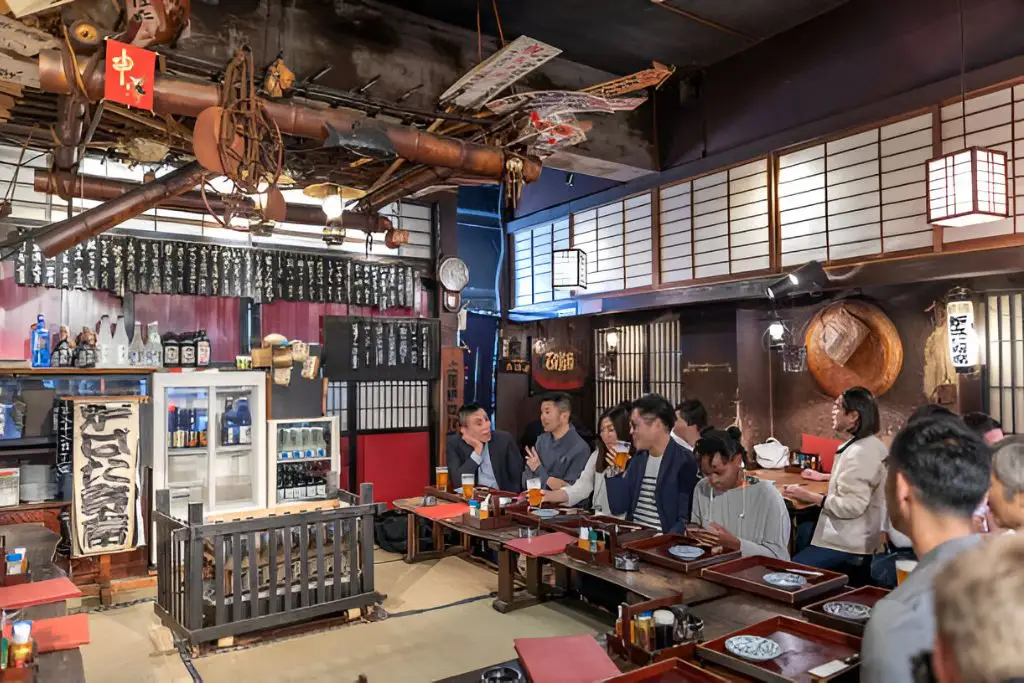
Visiting the Sekka-tei Tea House
From the Sekka-tei tea house to traditional Japanese tea ceremony culture. Located near the exit of the temple grounds is a small thatched-roof building. The tea house itself is not open to visitors but its elegant simplicity from above. The form embodies the wabi-sabi approach to simplicity, and imperfection. Adjacent, a lesser garden displays tea preparation plants.
Statues and Shrines
Several statues and small shrines dot the temple grounds. The Anmin-taku Shrine houses a relic of the Buddha and is said to grant wishes for safe childbirth. A statue of Fudo Myoo, a fierce protector deity, stands guard near the golden pavilion. Visitors often toss coins as offerings for good luck. The Goma Hall hosts fire rituals on special occasions. While not always open to the public, its ornate exterior is worth admiring.
Photography Tips
Kinkakuji’s golden pavilion is a photographer’s dream. The best light for photos is usually in the late afternoon when the sun illuminates the gold leaf. Reflections in the pond offer unique compositional opportunities. Try capturing the pavilion and its mirror image for a stunning shot. Include elements like pine trees or stone lanterns to frame your photos. This adds depth and context to your images. Remember to be respectful of other visitors. Avoid using flash photography inside buildings or disturbing the peaceful atmosphere.
Architecture and Design: Exploring the Golden Pavilion
Kinkakuji Temple’s architecture blends different styles and eras. Its design showcases Japanese aesthetics and Chinese influences. The structure’s golden exterior and reflection create a stunning visual effect.
The Gold-Leaf-Covered Upper Floors
The top two floors of Kinkakuji are covered in gold leaf, giving the temple its famous golden appearance. This luxurious coating reflects sunlight, creating a dazzling effect. The gold symbolizes purification in Buddhism and represents the temple’s importance. The golden layers are not just for show. They protect the wood underneath from rot and weathering. This practical purpose has helped preserve the building for centuries.
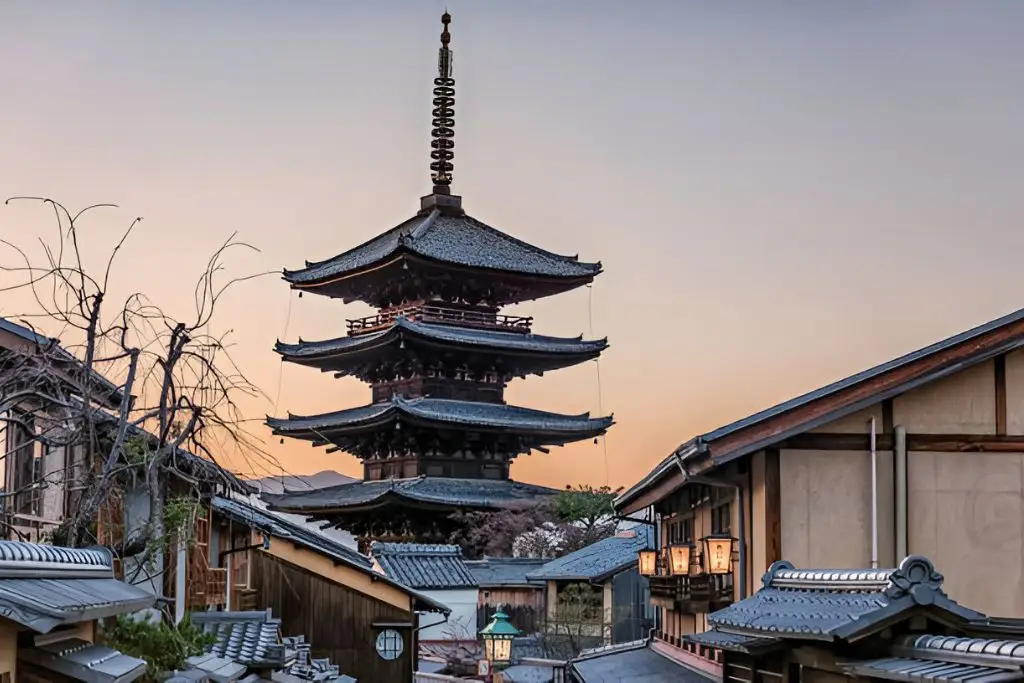
The Three Floors of Kinkakuji
Each floor of Kinkakuji represents a different architectural style. The first floor follows the Shinden style of 11th-century imperial aristocracy. It features white plaster walls and natural wood. The second floor adopts the Bukke style of samurai residences. This level has a more martial appearance with darker colors and less ornamentation. The top floor embraces Chinese Zen hall design. It’s smaller than the lower floors and has intricate details. A golden phoenix statue crowns the roof, adding to its majestic look.
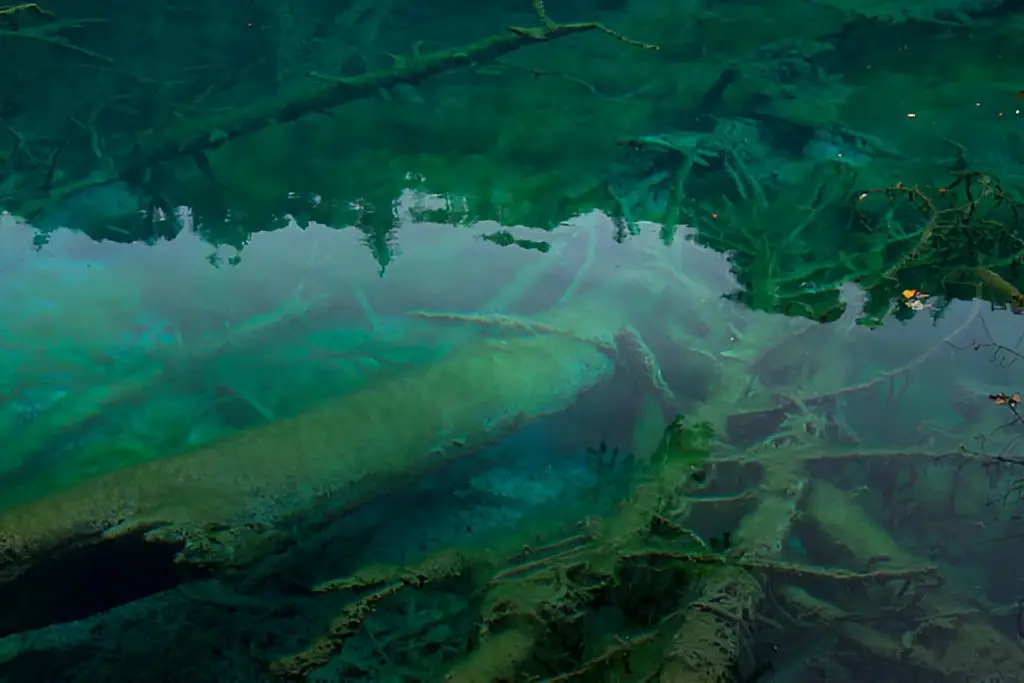
Reflections in Kyoko-Chi Pond
Kinkakuji stands beside Kyoko-chi, a large pond that mirrors the pavilion’s golden image. This reflection doubles the visual impact of the temple. The pond’s still surface creates a perfect mirror on calm days. Islands and stones in the pond represent Buddhist paradise. Visitors can see these elements from various viewpoints around the grounds. The combination of water, nature, and architecture creates a harmonious scene that changes with the seasons. Cherry blossoms in spring and colorful leaves in fall add to the pond’s beauty. These seasonal changes make each visit to Kinkakuji a unique experience.
Practical Information for Visiting Kinkakuji Temple
Kinkakuji Temple is a popular attraction in Kyoto. Visitors should plan their trip carefully to make the most of their experience.
Best Time to Visit
Early morning is ideal for visiting Kinkakuji. The temple is less crowded, and the light is perfect for photos. Spring and fall offer beautiful scenery. Cherry blossoms bloom in April, while autumn colors peak in November. Summer can be hot and humid. Winter brings a chance to see the golden pavilion dusted with snow. Weekdays are usually less busy than weekends. Timing your visit well can greatly improve your experience, just as when choosing The Best Time to Visit Montreal.
Opening Hours
Kinkakuji Temple is open every day from 9:00 AM to 5:00 PM. The last entry is at 4:40 PM. The temple does not close for holidays. It stays open year-round, including New Year’s Day. Arriving early helps avoid crowds. The busiest times are usually between 11:00 AM and 3:00 PM.
Entry Fee
Adults (16 and older): ¥400 Children (6-15 years): ¥300 Children under 6: Free Tickets are sold at the entrance. The temple only accepts cash for ticket purchases. There are no guided tours included in the entry fee. Audio guides are available for an extra charge. Group discounts may be available for large parties. It’s best to check with the temple directly for current prices and any special offers.
How Long to Spend
Most visitors spend about 30 to 60 minutes at Kinkakuji Temple. This gives enough time to see the golden pavilion, walk through the gardens, and visit the gift shop. The main path through the grounds is one-way. It takes about 20 minutes to walk at a leisurely pace. Visitors can’t enter the golden pavilion itself. The best views are from designated spots along the path. Consider spending extra time at the tea garden. It offers a chance to rest and enjoy traditional Japanese sweets.
How to Get to Kinkakuji
Kinkakuji Temple is easy to reach using various transport options. Buses and trains are affordable, while taxis offer a quicker but more expensive ride. For those interested in exploring more unique temples, see our guide on How to Visit Wat Sam Phran.
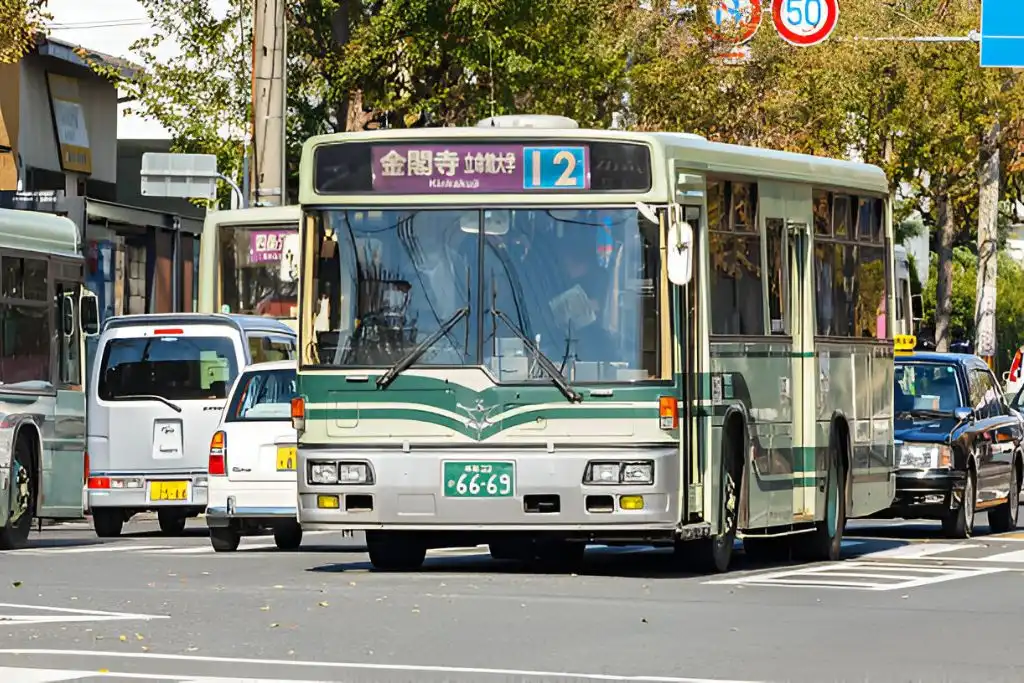
Public Transport
Buses are a popular way to get to Kinkakuji. From Kyoto Station, take bus number 101 or 205. The trip costs about ¥230 ($1.50 USD) and takes around 45 minutes. Be aware that buses can get crowded, especially on weekends. For a faster option, take a train to Kitanohakubaicho Station. From there, it’s a short bus ride to Kinkakuji.
Here’s a quick comparison of bus routes:
- Bus 101: Direct from Kyoto Station
- Bus 205: Stops at more places along the way
Taxi and Walking Routes
Taxis provide a direct route to Kinkakuji. The ride from Kyoto Station takes about 30 minutes but costs more than public transport.
For those who enjoy walking, consider this route:
- Take a train to Kitanohakubaicho station
- Walk north for about 30 minutes
- Enjoy the local neighborhoods along the way
This option allows visitors to see more of Kyoto’s charm on foot.
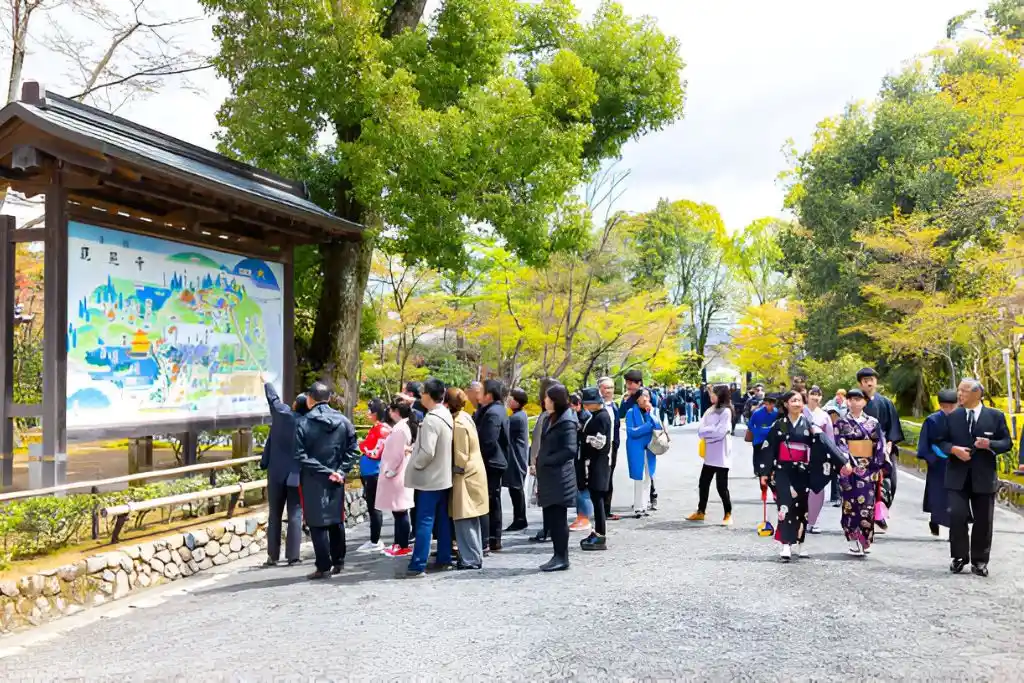
Accessibility Tips
Kinkakuji aims to be accessible to all visitors. Here are some helpful tips:
- Wheelchair users can take low-floor buses on routes 101 and 205
- Taxis with wheelchair access are available but should be booked in advance
- The temple grounds have some paved paths for easier movement
It’s best to check the latest accessibility info before visiting, as features may change.
Where to Stay When Visiting Kinkakuji
Kyoto offers many lodging choices near Kinkakuji. Visitors can pick from traditional inns, central hotels, and places that fit different budgets. For those planning their travels beyond Japan, check out more options to Stay in London.
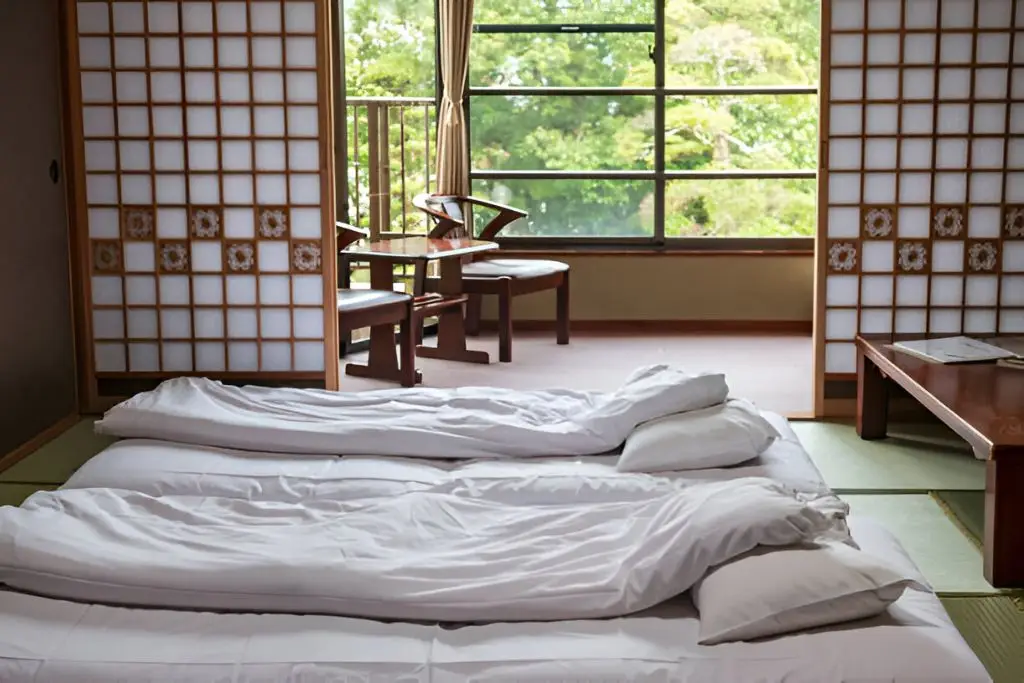
Traditional Ryokan Stays
Ryokans near Kinkakuji give guests a taste of old Japan. These inns have tatami mat rooms and futon beds. Many serve local meals and have hot spring baths. Yuzuya Ryokan is a top choice. It’s close to Kinkakuji and has great service. Guests can wear yukata robes and enjoy tea ceremonies. Another option is Hokkaido Inn. It’s cheaper but still gives a real ryokan feel. The inn has a small garden and serves tasty breakfasts.
Convenient Hotels in Kyoto’s Downtown Area
Downtown Kyoto hotels make it easy to see Kinkakuji and other sites. They’re near bus and train lines. The Kyoto Century Hotel is in a good spot. It has big rooms and helpful staff. There’s also a nice restaurant inside. For a mix of old and new, try Hotel Kanra Kyoto. It has a modern look but uses local materials. The hotel can arrange tours to Kinkakuji.
Budget-Friendly and Luxury Options
Kyoto has places to stay for all wallets. Cheap hostels and fancy hotels are both near Kinkakuji. Budget travelers can check out K’s House Kyoto. It’s clean, friendly, and has both dorms and private rooms. There’s a shared kitchen too. For luxury, the Four Seasons Kyoto is hard to beat. It has amazing rooms and top-notch service. The hotel can set up private tours to Kinkakuji. Mid-range options include the Ibis Styles Kyoto Station. It’s comfy and well-priced. The hotel is near trains that go to Kinkakuji.
Nearby Attractions: Exploring More of Northern Kyoto
Northern Kyoto offers several fascinating attractions near Kinkakuji Temple. Tourists can enjoy beautiful gardens, historic buildings, and unique cultural experiences within a short distance.
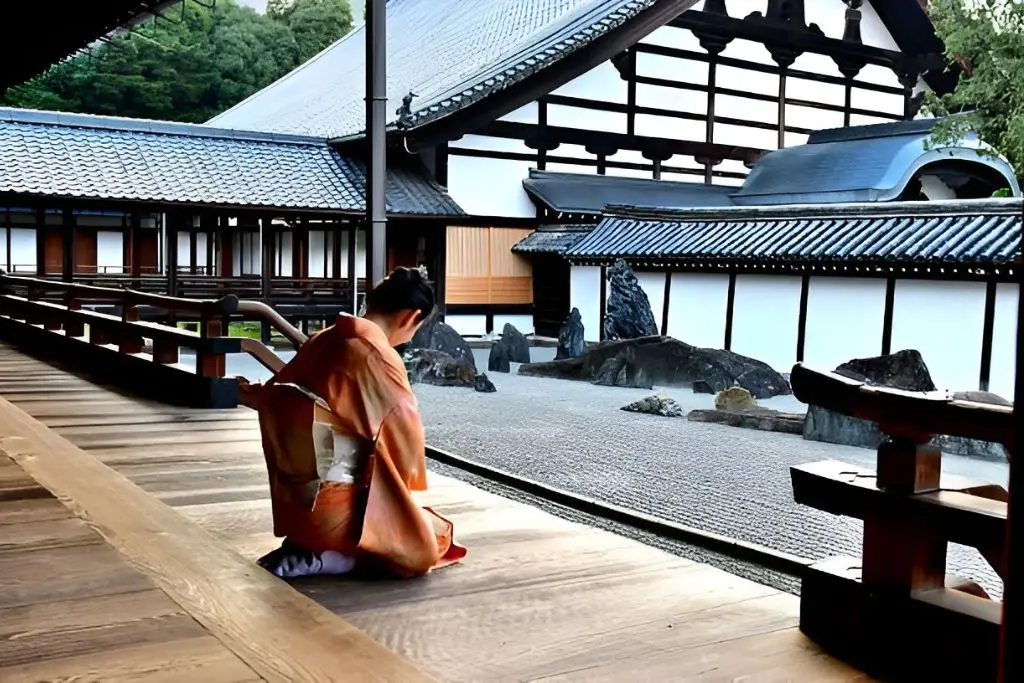
Ryoan-ji Temple
Ryoan-ji Temple is an old and famous Zen rock garden. In a rectangular garden, 15 concrete stones art spread across the space on top of white gravel and offset by low earthen walls. There is a viewing platform from where visitors can ruminate about the meaning of this garden. The temple grounds also more a small pond and paths through greenery. The main hall of Ryoan-ji has been designated an important cultural property and is home to historically valuable works. Find a variety of souvenirs and offers on traditional sweets in the temple shop.
Ninna-ji Temple
Ninna-ji Temple boasts impressive architecture and beautiful gardens. Its five-story pagoda is a striking landmark in the area. The temple’s Goten, or former imperial residence, showcases elegant sliding doors and traditional paintings. Visitors can explore the peaceful grounds, including a serene pond and cherry blossom trees. Ninna-ji is known for its late-blooming cherry blossoms, making it a popular spot in spring. The temple also houses important Buddhist statues and artifacts.
Other Notable Sites
The Kyoto Museum for World Peace at Ritsumeikan University is a short distance from Kinkakuji. It offers thought-provoking exhibits on war and peace. Nearby Kitano Tenmangu Shrine is dedicated to the god of learning. Students often visit to pray for academic success. The charming Nishijin textile district is known for its traditional weaving workshops. Visitors can watch artisans at work and shop for high-quality kimono fabrics.
Sample Kyoto Itinerary Including Kinkakuji
Visiting Kinkakuji can be part of a well-planned Kyoto itinerary. Here are two options for exploring the Golden Pavilion and other nearby attractions.
Half-Day Itinerary
Start your morning early at Kinkakuji. The Golden Pavilion opens at 9:00 AM. Arrive before opening to beat the crowds. Spend about an hour admiring the temple and its gardens. Take photos of the pavilion reflected in the pond. Next, head to nearby Ryoanji Temple. This Zen garden is famous for its rock arrangement. Spend 30-45 minutes here. For lunch, try local Kyoto cuisine at a restaurant in the area. Many serve traditional dishes like tofu and seasonal vegetables. End your half-day trip with a visit to Ninnaji Temple. This UNESCO World Heritage site is known for its beautiful grounds and cherry blossoms in spring.
Full-Day Itinerary
Start your day early at Kinkakuji, then follow the half-day itinerary. In the afternoon, take a bus to Arashiyama to walk through the Bamboo Grove and visit Tenryuji Temple. Enjoy a scenic ride on the Sagano Railway, then stroll across Togetsukyo Bridge. End the day with dinner by the river. This plan fits into a 2-day Kyoto itinerary, leaving time to visit Fushimi Inari Shrine on the second day.
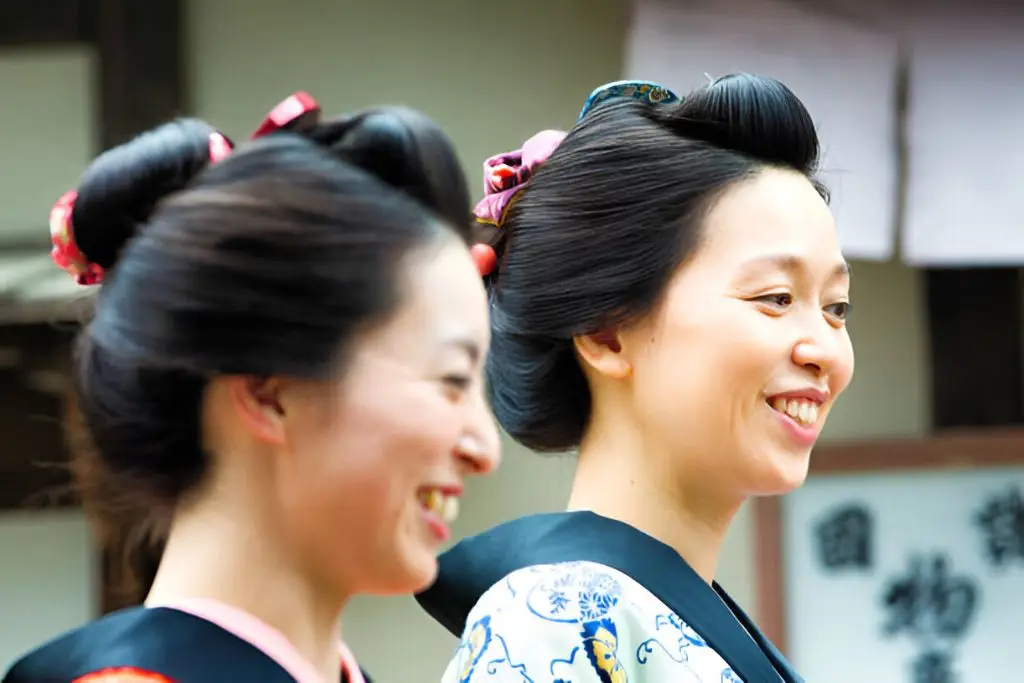
Cultural Etiquette and Tips for Visiting Kinkakuji
In addition, please follow the parking lot manners when visiting Kinkaku-ji Temple. Wear conservative clothes, especially covering shoulders and knees; take off shoes when entering houses. And it’s ever tried, keep your voice down and begrudge. Enter and exit with a little bow of respect. Photography is permitted, but please do not flash or take photos of other guests without their consent. One needs to follow the trails provided and refrain from touching religious monuments.
Here are some additional tips:
- Arrive early to avoid crowds
- Bring cash for admission fees
- Be prepared for walking and stairs
- Check the weather and dress appropriately
Following these guidelines ensures a respectful and enjoyable visit to Kinkakuji Temple.
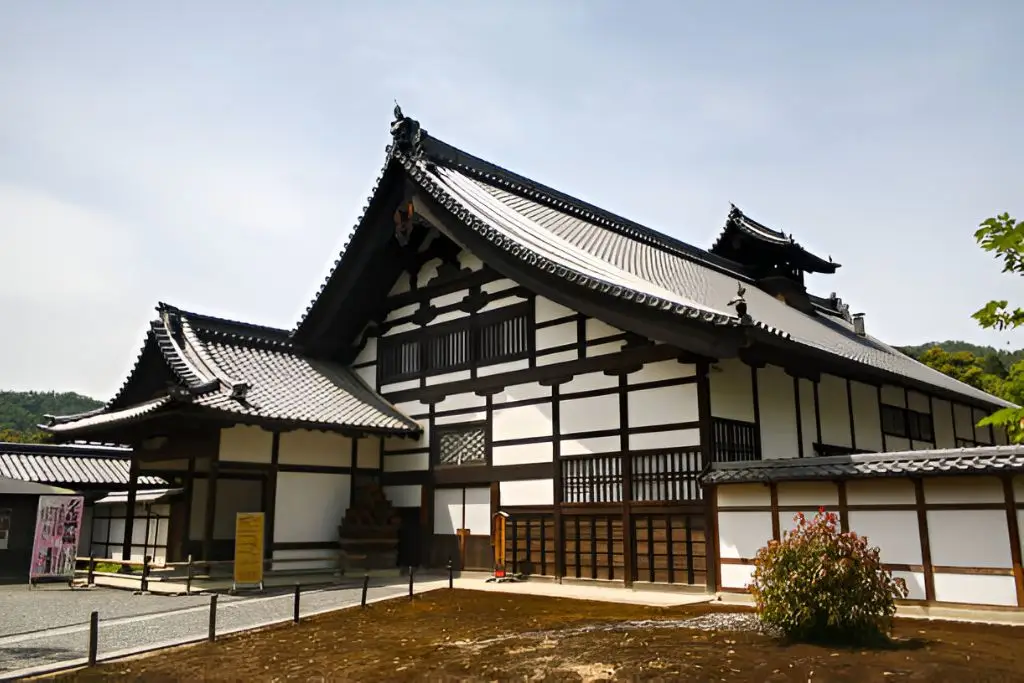
The Symbolism of Kinkakuji
Kinkakuji, also known as the Golden Pavilion, is a striking symbol of Japanese culture and Buddhist philosophy. Its gold-leaf coating represents wealth, purity, and enlightenment in Japanese tradition.
The pavilion’s three floors each hold unique significance:
- Ground floor: Shinden style (aristocratic residences)
- Second floor: Warrior style (samurai houses)
- Top floor: Zen temple style
The gilding of Kinkakuji represents unity between earthly power and spiritual enlightenment. There it is, as a reflection in the pond a Pure Land of peace for those who walk on two legs. There is also a bronze phoenix on the temple, indicative of rebirth and transformation. The golden light is said to cleanse the space, corresponding with the teachings of Zen in awareness and tranquillity. By making people think about what constitutes material beauty and spiritual development, the design of Kinkakuji has undoubtedly put Japan on a global stage as a culture bearer.
Kinkakuji Through the Seasons
Kinkakuji Temple’s beauty changes with each season. The golden pavilion shines in different natural settings throughout the year, offering unique experiences for visitors.
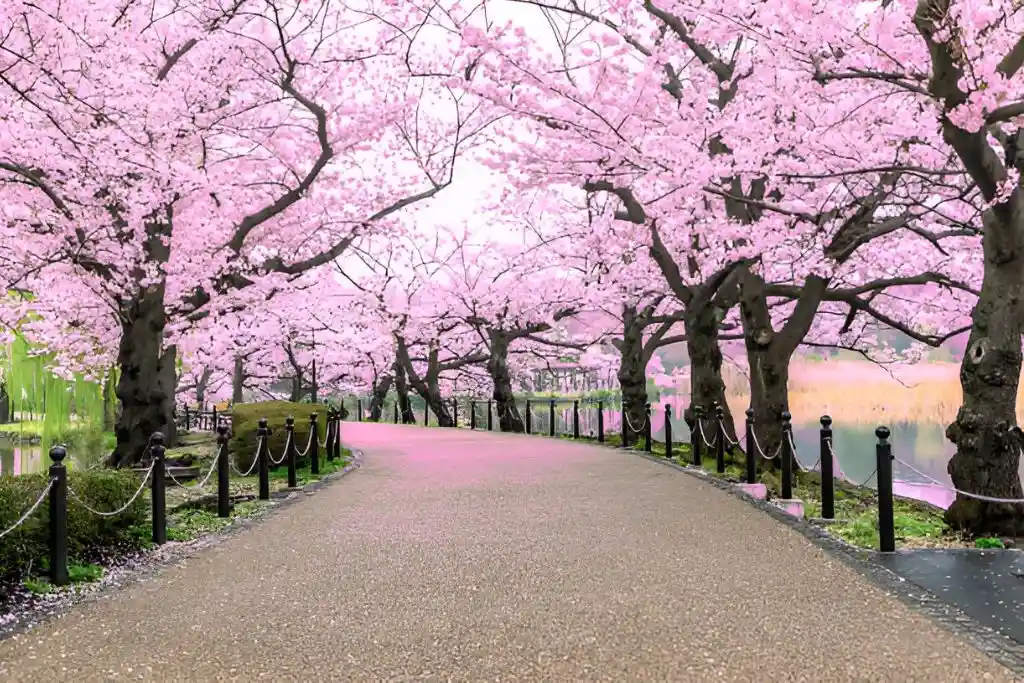
Spring: Cherry Blossoms
In spring, Kinkakuji is surrounded by cherry blossoms. Pink petals frame the golden structure, creating a stunning contrast. Visitors can enjoy hanami (flower viewing) in the temple grounds. The reflection of cherry blossoms in the mirror pond adds to the magical atmosphere. Spring is a popular time to visit, so expect larger crowds. Early morning visits offer a chance to see the temple in softer light and with fewer people.
Summer: Lush Greenery
Summer brings lush greenery to Kinkakuji. The temple’s golden exterior shines brightly against the deep green foliage. The surrounding garden comes alive with vibrant colors. Visitors can enjoy the sight of water lilies blooming in the pond. Summer heat can be intense, so early morning or late afternoon visits are recommended. The temple grounds offer shaded areas for visitors to rest and admire the scenery.
Autumn: Vibrant Leaves
Autumn transforms Kinkakuji with a palette of red, orange, and yellow leaves. The golden pavilion stands out beautifully against this colorful backdrop. Visitors can enjoy momijigari (autumn leaf viewing) in the temple grounds. The reflection of colorful leaves in the mirror pond creates a breathtaking scene. Autumn is another popular season, so plan for crowds. Weekday visits may offer a more peaceful experience.
Winter: Snow-Covered Kinkakuji
Winter brings a unique beauty to Kinkakuji. On snowy days, the temple becomes a winter wonderland with its golden exterior contrasting against the white snow. The snow-covered landscape creates a serene atmosphere. Visitors can enjoy the rare sight of snow-capped trees reflecting in the mirror pond. Winter visits require warm clothing. The temple grounds may have limited hours during heavy snowfall, so checking in advance is advisable.
Kinkakuji in Japanese Art and Literature
Kinkakuji has left a deep mark on Japanese culture. Its golden beauty has inspired many artists and writers over the centuries.
Inspiration for Artists and Poets
Kinkakuji’s stunning architecture and golden reflection have inspired many Japanese artists, including ukiyo-e masters like Hiroshige, whose prints spread its fame. Poets often use Kinkakuji as a symbol of transience and perfection, with haiku poets capturing its essence in a few words. The contrast between the gold pavilion and surrounding nature is a recurring theme.
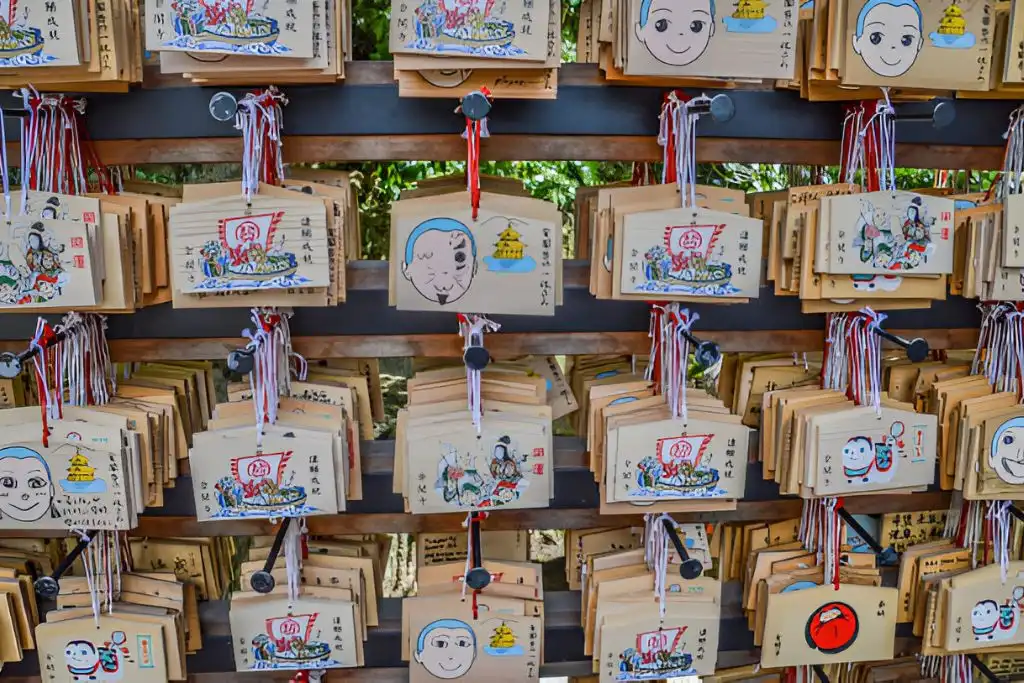
Role in Yukio Mishima’s Novel
Yukio Mishima’s 1956 novel, The Temple of the Golden Pavilion, brought Kinkakuji global attention. Loosely based on the true story of the 1950 arson, the novel’s protagonist is obsessed with the temple’s beauty, symbolizing unattainable perfection. Mishima explores themes of beauty, jealousy, and destruction. The book’s success further elevated Kinkakuji’s fame in Japan and worldwide.
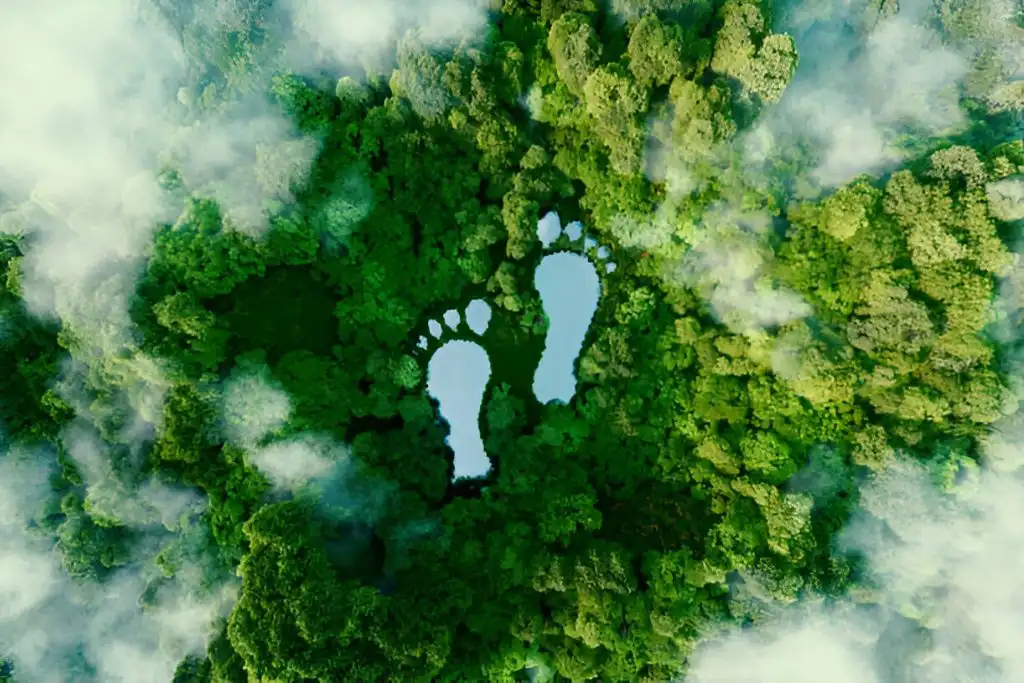
Conservation and Sustainability
Kinkaku-ji has faced conservation challenges, including its destruction by arson in 1950 and subsequent rebuilding in 1955. The temple’s gold leaf exterior requires regular maintenance to protect it from weather and pollution. As a UNESCO World Heritage Site, conservation efforts focus on preserving both the temple and its surroundings. Sustainable tourism is a priority, with measures to manage crowds and protect the site. Balancing preservation with public access is a constant challenge, and climate change adds new risks that conservationists monitor closely.
Practical Tips for Visiting Kinkakuji on a Budget
Kinkakuji can be enjoyed without breaking the bank. Smart planning and a few insider tips can help you save money while experiencing this iconic temple.
Saving on Transport and Entry Fees
The entry fee for Kinkakuji is ¥400 (about $2.70 USD) for adults. High school students pay ¥300 (around $2.00 USD), and elementary/junior high students pay ¥200 (approximately $1.30 USD). To save on transport, consider a day bus pass, which costs ¥600 (about $4.00 USD) for adults and ¥300 (around $2.00 USD) for children, offering unlimited bus rides in Kyoto. Visiting early in the morning helps avoid crowds and maximizes your day pass usage. For group travel, look for package deals that may offer small discounts on entry fees or transportation.
Combining Visits with Free Attractions
Pair your Kinkakuji visit with nearby free attractions to get more value from your day. The Kitano Tenmangu Shrine, known for its beautiful plum blossoms, is a 20-minute walk from Kinkakuji and has no entry fee. Kamigamo Shrine, a UNESCO World Heritage site, is also free to visit and can be reached by bus using your day pass. Consider a stroll through the Arashiyama Bamboo Grove, another free attraction that’s easily accessible by bus.

Budget Accommodation Tips
Stay in areas like Kawaramachi or Kyoto Station for affordable lodging options close to public transport. Look for guesthouses or hostels, which often provide cheaper rates than hotels. Many offer private rooms for those who prefer more privacy. Consider staying at a capsule hotel for a unique Japanese experience at a lower cost. Book accommodations in advance, especially during peak seasons, to secure better rates. Some budget-friendly places offer free bicycle rentals, helping you save on transport costs while exploring the city.
Safety and Accessibility Tips
Kinkaku-ji offers a safe and pleasant experience for visitors. The temple grounds are well-maintained and accessible to most people. Here are some key tips to ensure a smooth visit.
Ensuring a Safe Visit
The temple grounds are tidy and well-kept. Stick to marked paths and don’t climb on any structures. Wear comfortable shoes with good traction, as some paths may be uneven. Stay hydrated, especially in summer. Bring water or buy it at vending machines on site. Use sunscreen and wear a hat to protect from the sun. Follow all posted signs and staff instructions. Don’t touch or damage any plants or temple property. Keep an eye on your belongings and stay aware of your surroundings. Mind the warnings and guidance signs at the temple. They are there for your safety and to preserve the site.
Accessibility Considerations
Kinkaku-ji is wheelchair accessible at the main viewing area of the Golden Pavilion, though some garden paths may be challenging. Rental wheelchairs are available at the entrance, and staff can assist with navigating the best routes. To avoid crowds, visit early or on weekdays. Accessible restrooms are also on site, allowing for comfortable breaks during your visit.
.Frequently Asked Questions
Kinkakuji Temple is a popular tourist spot in Kyoto. Visitors often have questions about hours, costs, transportation, and what to expect during their visit.
What are the opening hours for Kinkakuji Temple?
Kinkakuji Temple is open daily from 9:00 AM to 5:00 PM. The last entry is at 4:30 PM. These hours are consistent throughout the year, including weekends and holidays.
How much does it cost to enter Kinkakuji Temple?
The entrance fee for Kinkakuji Temple is 400 yen for adults. Children under elementary school age can enter for free. Group discounts may be available for large parties.
What is the best way to get to Kinkakuji Temple from Kyoto Station?
The most convenient way to reach Kinkakuji from Kyoto Station is by bus. Visitors can take bus number 101 or 205 for 230 yen. The journey takes about 45 minutes.
What is the best time of year to visit Kinkakuji Temple?
Kinkakuji is beautiful in all seasons. Spring offers cherry blossoms, while autumn brings colorful foliage. Winter can provide stunning snowy views. Summer allows for lush greenery around the temple.
How long does a typical visit to Kinkaku-Ji Temple take?
A typical visit to Kinkakuji Temple lasts about 30 to 60 minutes. This includes time to walk the grounds, take photos, and admire the Golden Pavilion from various angles.
Are visitors allowed to enter the inside of Kinkaku-ji Temple?
Visitors are not allowed to enter the Golden Pavilion itself. The temple’s interior is off-limits to the public. Guests can only view the exterior and explore the surrounding gardens.

